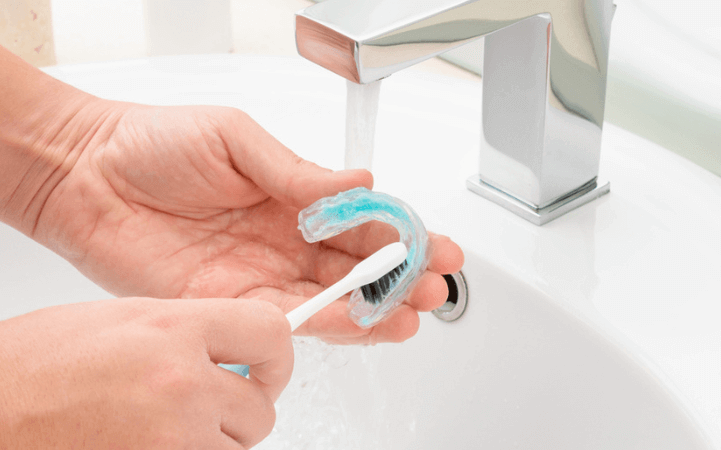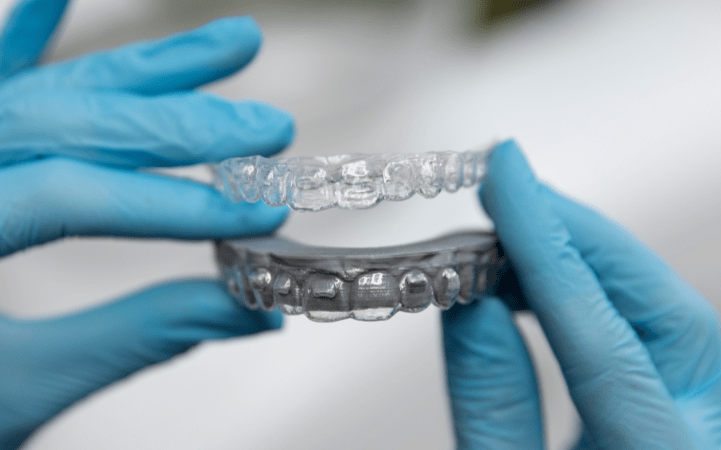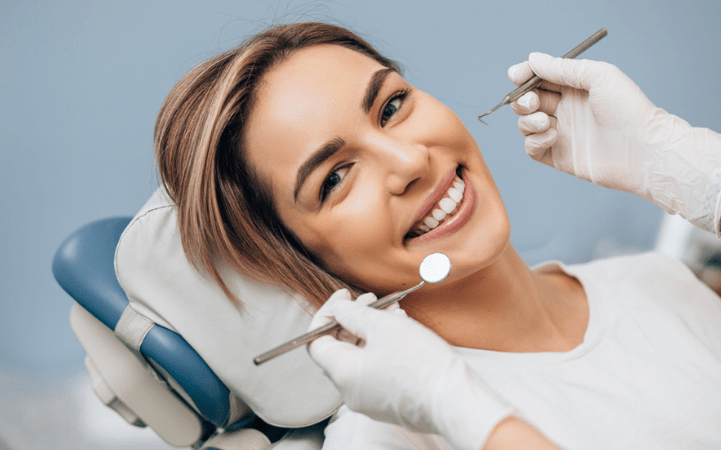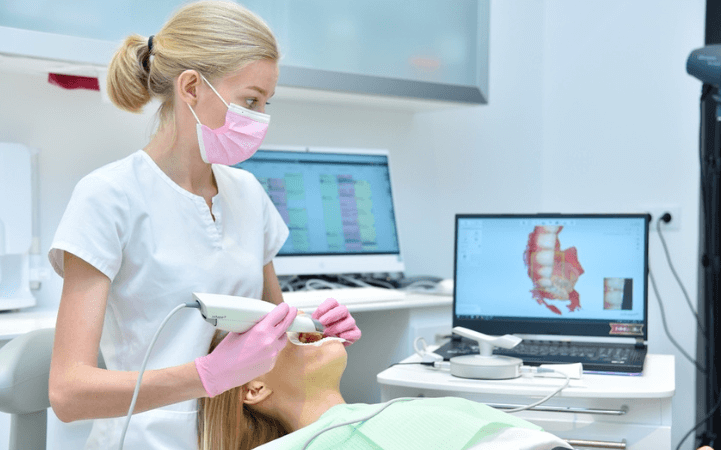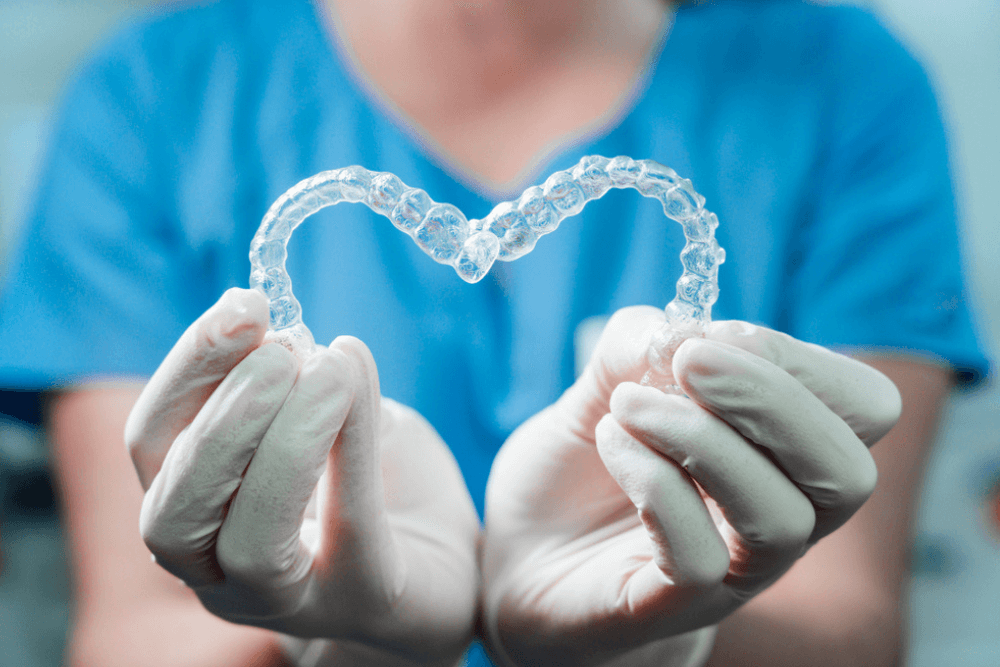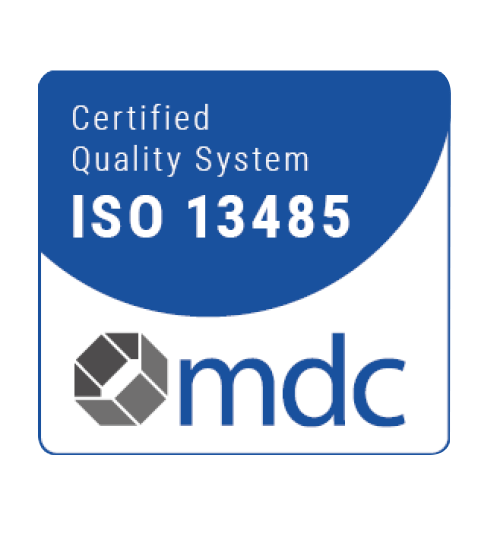Step-by-Step Guide: How to Clean Aligners or Retainers Properly
Maintaining the proper alignment of the teeth after going through an orthodontic treatment is done with aligners and retainers. Still, because they are in the mouth for extended hours, they’re exposed to a lot of bacteria, shrines, and food patches. This warrants the need for proper cleaning and conservation to help abrasion, foul odors, and implicit oral health issues. This guide provides details about cleaning aligners or retainers, the recommended frequency for cleaning, and effective home cleaning methods. Why Is Cleaning Your Aligners or Retainers Important? Bacteria and plaque find their homes in the aligners as well as in the retainers, just like they do in teeth. This becomes one of the reasons they serve as optimal places for many microorganisms that ignite lousy breath, gum diseases, and even infections, particularly when they are not regularly cleaned. With time, a dirty retainer or aligner can also get stained and start smelling badly. Proper cleaning ensures the teeth remain clear, fresh, and sufficiently effective in maintaining the proper dental alignment. Types of Retainers Before diving into the cleaning process, an individual needs to know the type of retainer they use because the cleaning system may differ significantly. Hawley Retainers: Removable retainers are made from acrylic and metal wires around your teeth. Clear Plastic Retainers: These types of retainers are also known as Essix or Vivera retainers. They are made of clear plastic and resemble aligners significantly. Fixed Retainers: These are permanently attached to the back of your teeth, and hence aren’t suitable to be detached. Types of Aligners Typically, retainers are a device that maintains the position of teeth after they have been moved via orthodontic treatment whereas with clear aligners the patient is fitted with them specifically to move the teeth into alignment. One of the main clear aligners is: FirstClass Aligners: FirstClass Aligners are designed for effective and easy repositioning of teeth to their clinically correct positions, while being easier to maintain. Each type of retainer and aligners thus needs proper cleaning to prevent microbial accumulation, discoloration, and odors. How to Clean Aligners or Retainers at Home 1. Cleaning Hawley and Clear Plastic Retainers Cleaning Hawley and clear plastic aligners is more manageable for individuals because they have the significant advantage of being removable. Some simple steps to follow are: Daily Cleaning Routine: Deep Cleaning: 2. Cleaning Fixed (Bonded) Retainers Since fixed retainers permanently stick to your teeth, individuals must floss them because it is the only sufficient cleaning method. By following these ways to clean aligners or retainers, you can ensure they remain free from bacteria and last longer. How Often to Clean Aligners or Retainers Proper cleaning techniques should be practiced to maintain appropriate hygiene alongside effective cleaning. Do’s and Don’ts of Retainer Care Do’s: Don’ts: Signs That It’s Time to Replace Your Retainer or Aligner As time passes, it can deteriorate your retainer or aligner to the point of needing replacement. The following indicators show you require a replacement device: Additional Tips for Keeping Your Retainer Fresh and Clean Conclusion Proper cleaning of aligners or retainers during and after the precise aligner therapy stands as an indispensable practice for maintaining oral hygiene. Following correct cleaning methods coupled with being consistent with that approach will provide you with a retainer that remains germ-free and odorless while extending its service life. Whether an individual possesses a hawley, clear plastic, or fixed retainer, they should clean it daily, soak it periodically. This will keep aligners strong and chemicals away. Also, remember to replace your retainer when due and consult your doctor for any personalized advice. If taken care of well, your retainer will maintain your beautiful smile for many years.
Step-by-Step Guide: How to Clean Aligners or Retainers Properly Read More »

